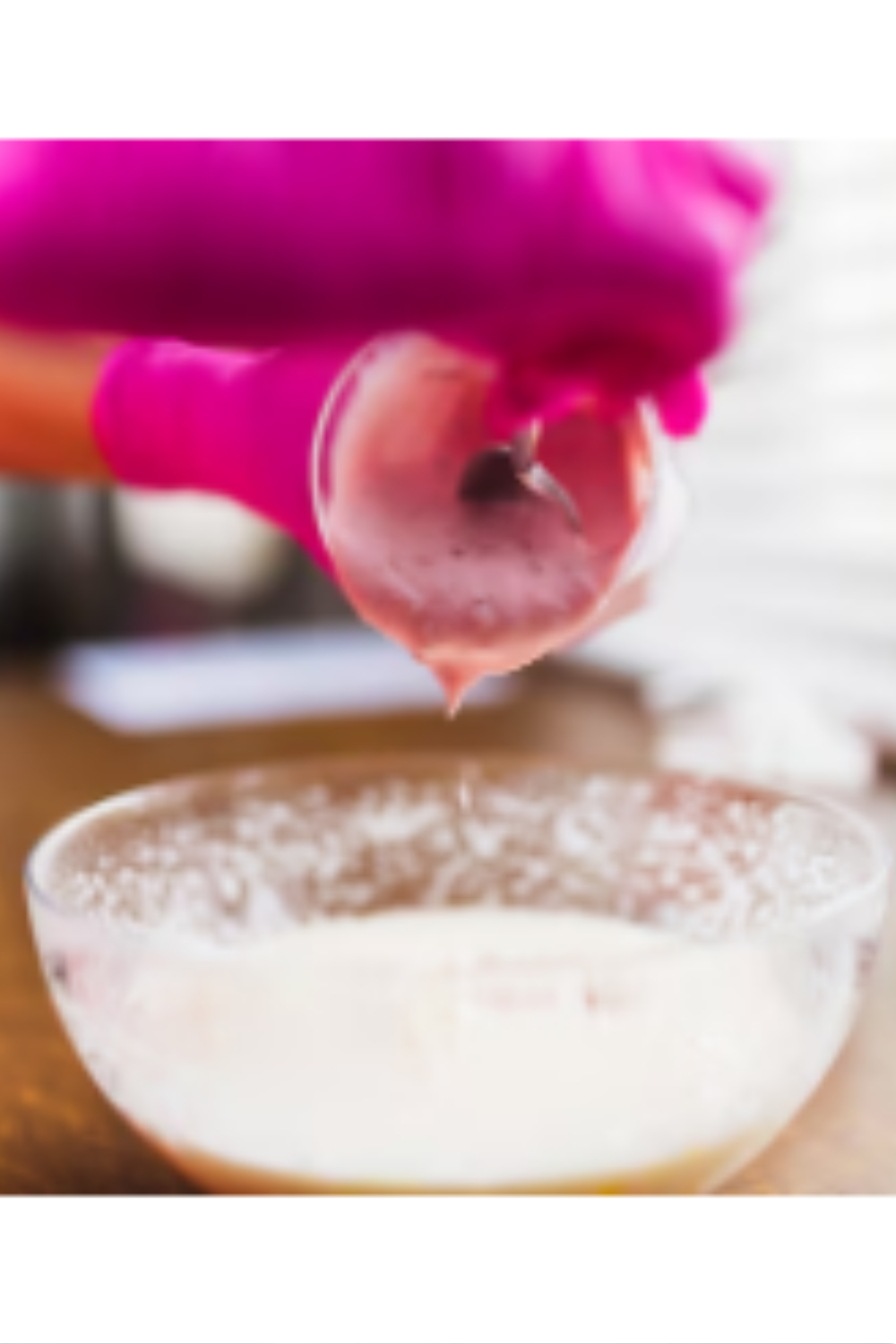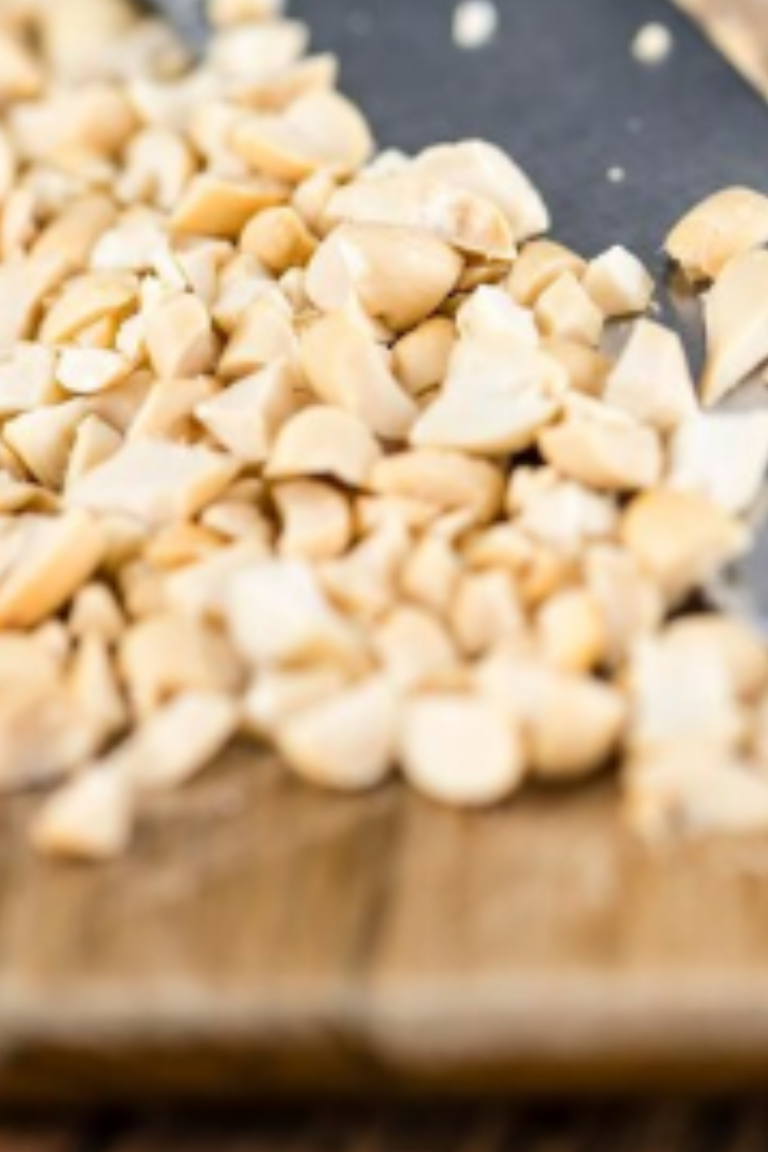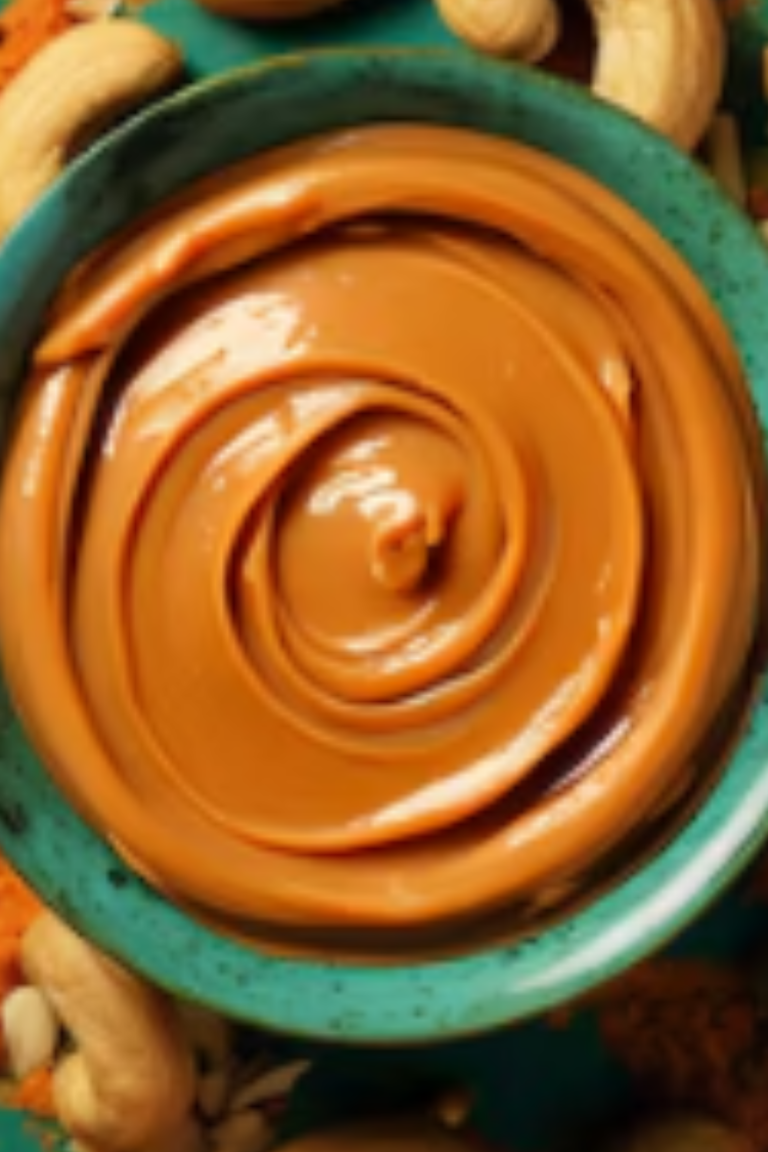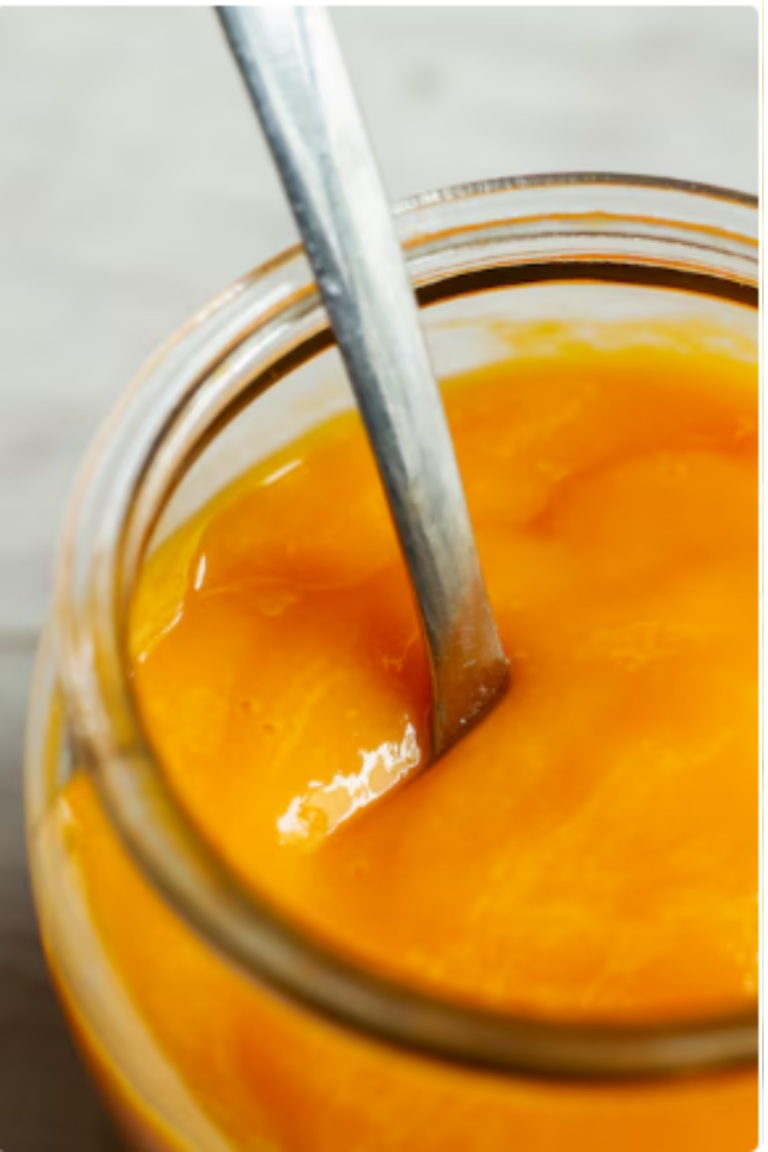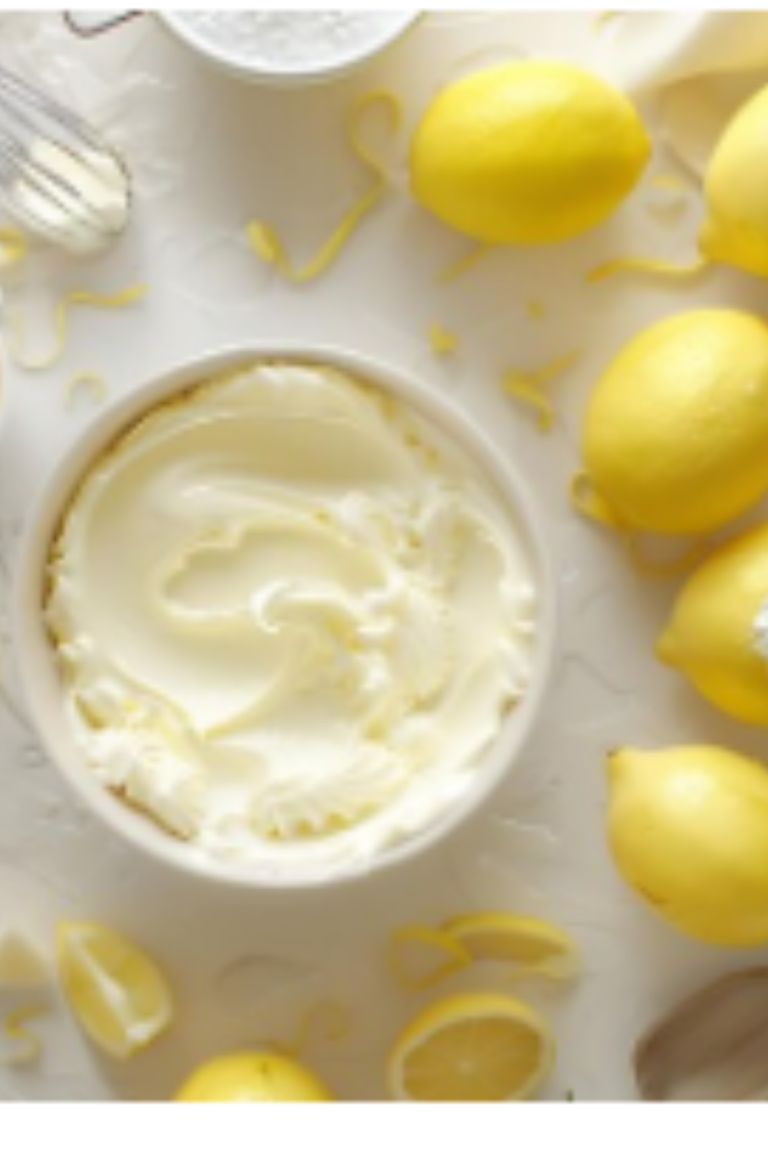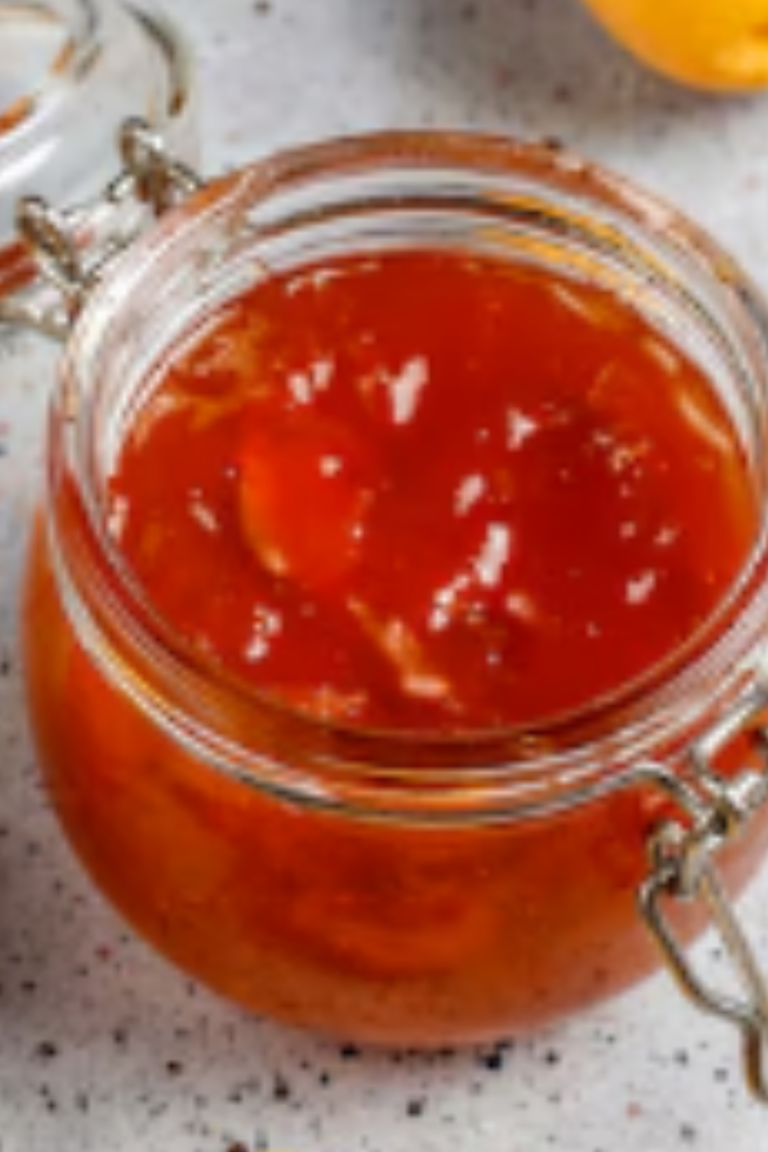LQ: Liquid Sweetener role in cakes Explained
When it comes to baking cakes, one of the essential ingredients you might come across is liquid sweetener. In my own personal experience, understanding the role of liquid sweetener in cakes can make a significant difference in the outcome of your baking endeavors.
Table of Contents
ToggleWhat is Liquid Sweetener?
Liquid sweeteners are syrups or liquid forms of sweetening agents used in baking to add sweetness and moisture to cakes without the crystallization that granulated sugars can sometimes cause. They come in various forms, such as honey, agave syrup, maple syrup, and corn syrup. Each type of liquid sweetener has its own unique flavor profile and properties that affect the texture and taste of the final product. Check out the right Liquid Sweetener, cake tools, and ingredients that you need here.
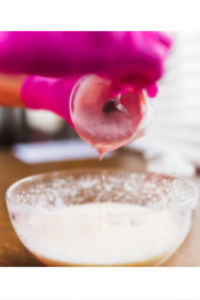
Role of Liquid Sweetener in Cakes
Liquid sweeteners play several important roles in cakes:
1. Enhancing Moisture:
Liquid sweeteners contribute moisture to cakes, helping to create a soft and moist texture. This is particularly beneficial in cakes that tend to dry out quickly, such as sponge cakes.
2. Balancing Flavors:
Liquid sweeteners add sweetness in a balanced way that enhances the overall flavor profile of the cake. Unlike granulated sugars, they distribute more evenly throughout the batter, resulting in a consistent sweetness.
3. Browning and Crust Formation:
Certain liquid sweeteners, like honey and maple syrup, can aid in browning and crust formation due to their caramelization properties when exposed to heat. This can give cakes a desirable golden-brown color and a slightly crisp exterior. Check out the right Liquid Sweetener, cake tools, and ingredients that you need here.
4. Retaining Freshness:
Liquid sweeteners can help extend the freshness of cakes by retaining moisture, preventing them from drying out too quickly after baking.
tips for Choosing the Right Liquid Sweetener
When selecting a liquid sweetener for your cake recipes, consider the following:
- Flavor Profile: Each liquid sweetener imparts a distinct flavor, so choose one that complements the other ingredients in your cake.
- Consistency: The thickness and viscosity of the liquid sweetener can affect the texture of your batter. Adjust other wet ingredients accordingly to achieve the desired consistency.
- Sweetness Level: Different liquid sweeteners vary in sweetness, so adjust the amount used based on the level of sweetness you want in your cake.
liquid sweeteners are versatile ingredients that can enhance the taste, texture, and moisture of cakes. By understanding their role and choosing the right one for your recipe, you can elevate your baking skills and delight your taste buds with delicious homemade cakes. Check out the right Liquid Sweetener, cake tools, and ingredients that you need here.
DRILLING DEEPER: Comparing Different Types of Liquid Sweeteners
Now that we’ve covered the basics of liquid sweeteners in cakes, let’s delve deeper into comparing the different types available and their specific characteristics:
Honey
Characteristics:
- Flavor: Honey offers a distinctive floral taste that varies depending on its source, such as clover, wildflower, or orange blossom.
- Texture: It is thick and viscous, adding richness and moisture to cakes.
- Sweetness: Honey is sweeter than granulated sugar, so less quantity is needed in recipes.
Best Used For: Honey works well in recipes where its flavor can complement other ingredients, such as in honey cakes or spice cakes. Check out the right Liquid Sweetener, cake tools, and ingredients that you need here.
Maple Syrup
Characteristics:
- Flavor: Maple syrup has a rich, caramel-like flavor with hints of woodsy notes.
- Texture: It is thinner than honey but still adds moisture to cakes.
- Sweetness: Maple syrup is less sweet than honey but still sweeter than granulated sugar.
Best Used For: Maple syrup is excellent in recipes where its distinct flavor can shine, like in maple walnut cakes or pancakes.
Agave Syrup
Characteristics:
- Flavor: Agave syrup has a mild, neutral taste with a hint of sweetness.
- Texture: It is thin and pours easily, blending well into cake batters.
- Sweetness: Agave syrup is sweeter than granulated sugar but less sweet than honey.
Best Used For: Agave syrup is ideal for recipes where you want sweetness without a strong flavor profile, such as in light sponge cakes or fruit-based desserts. Check out the right Liquid Sweetener, cake tools, and ingredients that you need here.
Corn Syrup
Characteristics:
- Flavor: Corn syrup is neutral in flavor with a slight sweetness.
- Texture: It is thick and viscous, contributing to a chewy texture in cakes.
- Sweetness: Corn syrup is sweeter than granulated sugar and helps retain moisture in baked goods.
Best Used For: Corn syrup is commonly used in recipes that require a chewy texture, like in pecan pies or caramel-filled cakes.
tips for Choosing the Right Liquid Sweetener
When deciding which liquid sweetener to use in your cakes, consider both the flavor profile you want to achieve and the baking properties required for your recipe. Experimenting with different types of liquid sweeteners can add depth and complexity to your baking repertoire, allowing you to create cakes that are uniquely delicious and moist.
By understanding how each liquid sweetener behaves in baking, you can confidently adapt recipes to suit your taste preferences and dietary needs. Whether you prefer the rich flavor of maple syrup or the mild sweetness of agave syrup, there’s a liquid sweetener that’s perfect for enhancing your cakes and delighting your family and friends. Check out the right Liquid Sweetener, cake tools, and ingredients that you need here.
comparison tabular
Here’s a comparison table summarizing the key characteristics and considerations of different types of liquid sweeteners used in baking cakes:
| Liquid Sweetener | Flavor | Texture | Sweetness Level | Best Used For |
|---|---|---|---|---|
| Honey | Floral, varies by type | Thick, viscous | Sweeter than sugar | Honey cakes, spice cakes |
| Maple Syrup | Rich, caramel-like | Thin, flowing | Less sweet than honey | Maple walnut cakes, pancakes |
| Agave Syrup | Mild, neutral | Thin, pours easily | Sweeter than sugar | Light sponge cakes, fruit-based desserts |
| Corn Syrup | Neutral, slight sweetness | Thick, viscous | Sweeter than sugar | Pecan pies, caramel-filled cakes |
Key Notes and Considerations:
- Flavor: Each type of liquid sweetener offers a distinct flavor profile that can significantly impact the taste of your cakes. Consider how the flavor of the sweetener complements other ingredients in your recipe.
- Texture: The viscosity of the liquid sweetener affects the texture of your cake batter. Thicker sweeteners like honey and corn syrup can add richness and contribute to a denser texture, while thinner syrups like maple and agave can blend more easily into batters.
- Sweetness Level: Liquid sweeteners vary in sweetness compared to granulated sugar. Adjust the amount used based on the desired level of sweetness in your cakes.
- Best Used For: Choose a liquid sweetener based on the specific characteristics you want in your cake. For instance, honey might be ideal for adding moisture and depth in honey cakes, while maple syrup could enhance the flavor of maple walnut cakes.
- Experimentation: Don’t hesitate to experiment with different types of liquid sweeteners to discover new flavor combinations and textures in your baking. Understanding how each sweetener behaves will help you tailor recipes to your preferences.
This comparison table and considerations aim to guide you in selecting the right liquid sweetener to achieve delicious and well-textured cakes. Check out the right Liquid Sweetener, cake tools, and ingredients that you need here.
FAQs About Liquid Sweeteners in Baking Cakes
To wrap up our exploration of liquid sweeteners and their role in baking cakes, let’s address some common questions that may arise:
1. Can I substitute liquid sweeteners for granulated sugar in any cake recipe?
Yes, you can generally substitute liquid sweeteners like honey, maple syrup, agave syrup, or corn syrup for granulated sugar in cake recipes. However, you may need to adjust the quantities of other liquids or dry ingredients to maintain the desired consistency and texture.
2. Which liquid sweetener is the healthiest option for baking cakes?
The healthiest option depends on your dietary preferences and nutritional goals. Honey and maple syrup contain antioxidants and trace minerals, while agave syrup has a lower glycemic index. Corn syrup, although commonly used, is higher in simple sugars. Moderation and balance are key factors in choosing a healthier sweetener.
3. How do I prevent my cakes from becoming too sweet when using liquid sweeteners?
To control the sweetness level when using liquid sweeteners, start by using slightly less than the amount of granulated sugar called for in the recipe. Taste the batter before baking and adjust accordingly. You can also balance sweetness by incorporating flavors that complement the chosen liquid sweetener.
4. Can I mix different types of liquid sweeteners in one cake recipe?
Yes, you can experiment with combining different liquid sweeteners to achieve a unique flavor profile. Just be mindful of how the combined flavors and textures will affect the overall outcome of your cake.
5. How should I store liquid sweeteners for baking?
Store liquid sweeteners in a cool, dark place to prevent crystallization and maintain their quality. Some liquid sweeteners, like honey, may crystallize over time but can be liquefied again by gently heating them in warm water. Check out the right Liquid Sweetener, cake tools, and ingredients that you need here.
Final Words
Understanding the role of liquid sweeteners in baking cakes opens up a world of possibilities for creating delicious treats with unique flavors and textures. Whether you prefer the rich sweetness of honey, the caramel notes of maple syrup, the mild sweetness of agave syrup, or the texture-enhancing properties of corn syrup, each sweetener brings its own distinctive characteristics to your baking.
Experimentation is key to discovering which liquid sweetener best suits your taste preferences and baking goals. By considering factors such as flavor, texture, sweetness level, and recipe compatibility, you can confidently incorporate liquid sweeteners into your favorite cake recipes and delight friends and family with homemade creations.

Hi!
I’m Mike, the creator of Forum Foodies. In my own personal experience, understanding ingredients is key to great cooking.
Forum Foodies offers guides on various ingredients, from staples to exotic finds. Join our community, share your experiences, and learn from fellow food lovers.
Have questions or suggestions? Email me at info@forumfoodies.com. Let’s embark on this delicious adventure together.
Happy cooking.
Mike/
Related Posts
- ASL: Artificial Sweetener Liquid role in cakes Explained
In this topic, I'm going to talk about Artificial Sweetener Liquid (ASL) and its role…
- BML: Buttermilk Liquid role in cakes Explained
In this topic, I'm going to talk about Buttermilk: its role in cakes and why…
- LQF: Liquid Food Coloring role in cakes Explained
In my own personal experience, liquid food coloring has been an essential tool in the…
- AM: Amaretto role in cakes Explained
In this topic, I'm going to talk about Amaretto and its role in cakes In…
- BSL: Brown Sugar Liquid role in cakes Explained
In this topic, I'm going to talk about BSL - Brown Sugar Liquid, based on…
- CBL: Cocoa Butter Liquid role in cakes Clarified
In this topic, I'm going to talk about Cocoa Butter Liquid (CBL) and its role…
- CFY: Cornflour role in cakes Explained
In this topic, I'm going to talk about Cornflour in cakes, based on my own…
- BTS: Butterscotch role in cakes Explained
In this topic I'm going to talk about Butterscotch - in my own personal experience…
- MOS: Molasses Syrup role in cakes Explained
In this topic, I'm going to talk about Molasses Syrup in my own personal experience,…
- HST: Hazelnut Syrup role in cakes Explained
In this article, I'm going to talk about Hazelnut Syrup and its role in cakes,…
- CST: Role in cakes Explained
In this topic, I'm going to talk about the CST - Cranberry Shortcake, drawing from…
- PCJ: Passionfruit Juice role in cakes Explained
In this topic, I'm going to talk about the delightful addition of passionfruit juice in…
- BV: Beetroot Vinegar role in cakes Explained
In this topic, I'm going to talk about a unique ingredient in baking: BV -…
- LCJ: Lime Juice role in cakes Explained
In this topic, I'm going to talk about lime juice and its role in cakes,…
- FRC: Fresh Ricotta role in cakes Explained
In this topic, I'm going to talk about Fresh Ricotta (FRC) in my own personal…

